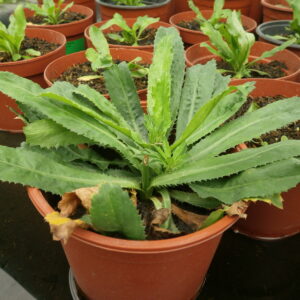
Lemon thyme
₡2,550.00
Scientific name: Thymus citriodorus
Family:
Origin:
Medicinal use:
10 in stock
Related products
-
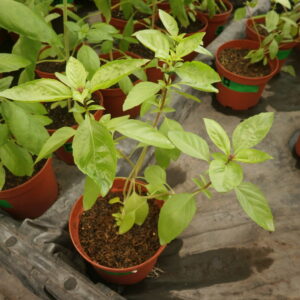
Basil, Thai
Culinary Garden ₡1,900.00 Add to cart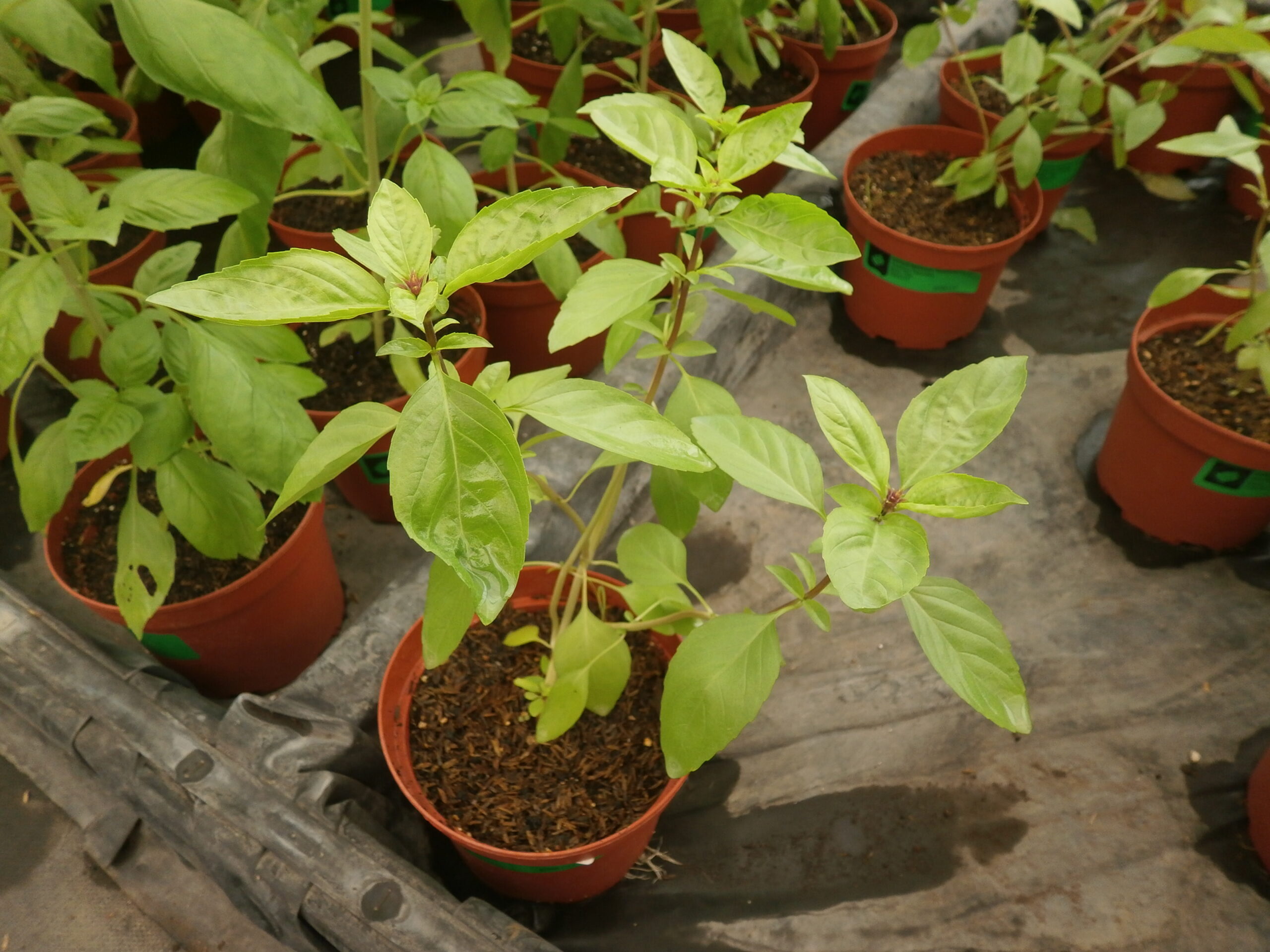
Basil, Thai
₡1,900.00
SKU: 0111 Category: Culinary GardenScientific name: Ocimum basilicum
Family: Lamiaceae
Origin: SE Asia
Medicinal use:Its flavor is highly described and argued, the first flavor that we will recognize is that of anise and we will notice hints of licorice, along with a spicy and sweet flavor. Gastronomy: It withstands high temperatures better than any other type of basil, including its simile, sweet basil. It is very typical in the dishes of Laos, Vietnam, Cambodia, and, of course, Thailand.
33 in stock
-
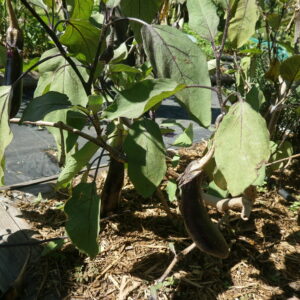
Eggplant
Culinary Garden ₡1,900.00 Add to cart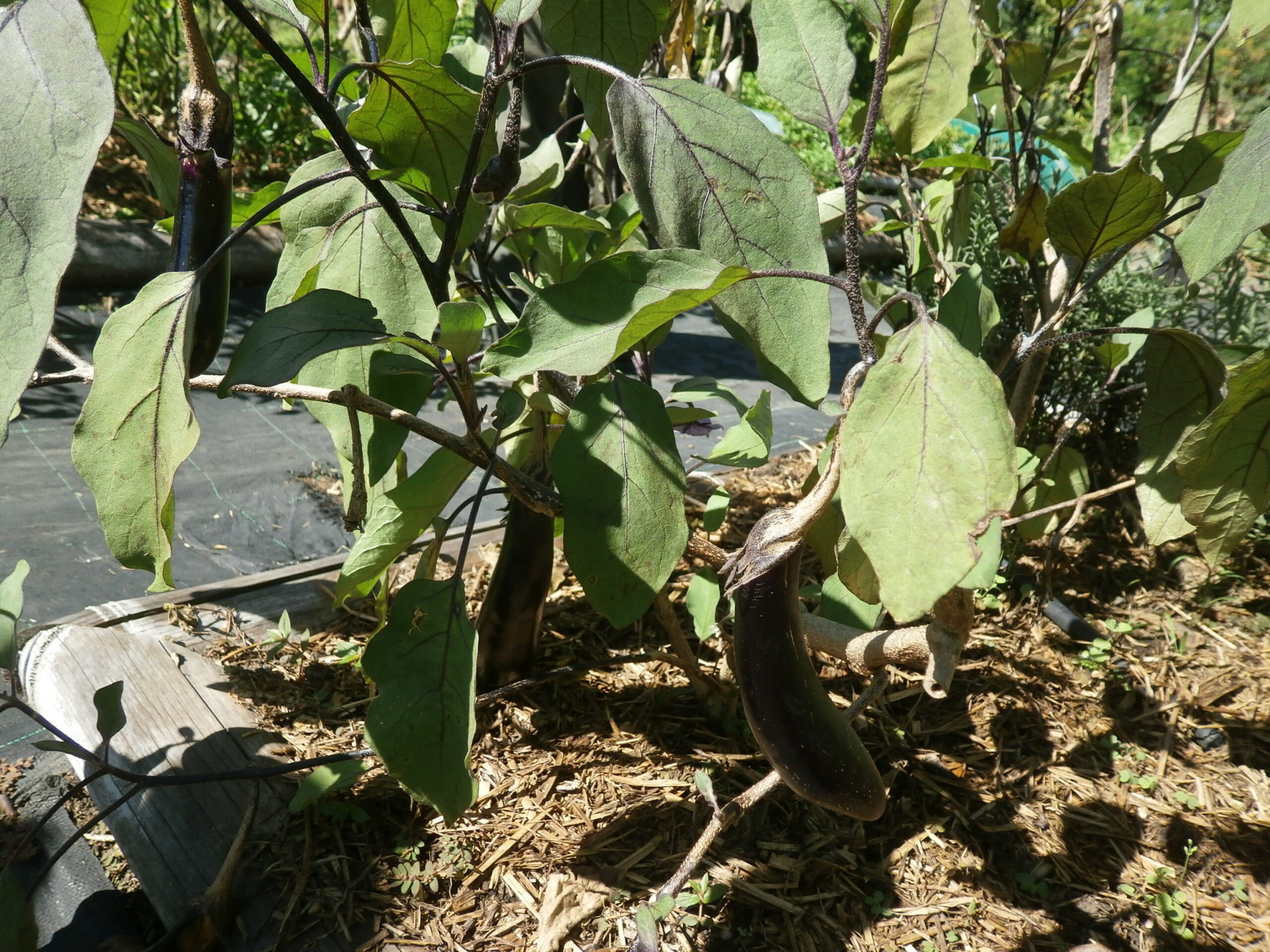
Eggplant
₡1,900.00
SKU: 0310 Category: Culinary GardenScientific name: Solanum melongena
Family: Solanaceae
Origin: S Asia
Medicinal use: The consumption of eggplant is recommended after a brief cooking and with its skin properly washed previously, since it is in this last part of the eggplant where antioxidants and fiber are found in greater proportions. We can include eggplant in a sauté, a sauce, an omelette, a vegetarian curry or, in a tasty salad. Eggplant is a very low-calorie vegetable because it has more than 90% water.
22 in stock
-
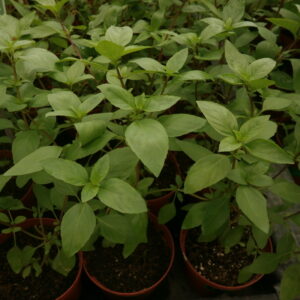
Basil, Cinnamon
Culinary Garden ₡1,900.00 Add to cart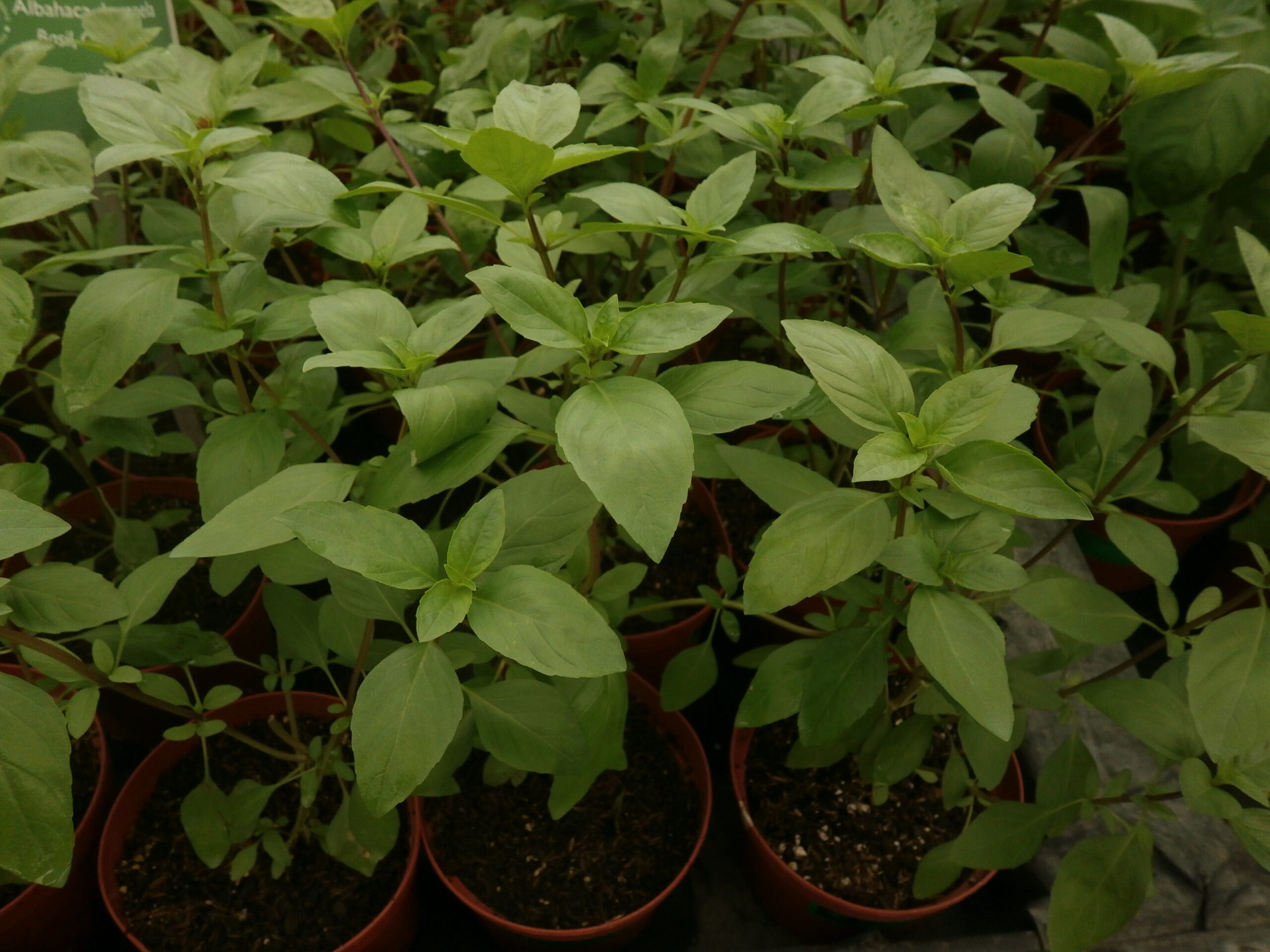
Basil, Cinnamon
₡1,900.00
SKU: 0072 Category: Culinary GardenScientific name: Ocimum basilicum
Family: Lamiaceae
Origin: Mexico
Medicinal use: La mayoría de las diferentes variedades de albahaca cultivadas en muchas regiones de Asia tienen un sabor parecido al clavo de olor es frecuentemente usada en la cocina mediterránea; se puede consumir fresca o seca para aderezar tanto ensaladas, sopas de verduras, salsas para acompañar platos de pasta, la famosa salsa italiana de pesto la lleva como ingrediente principal.
27 in stock
-
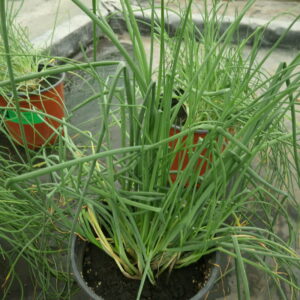
Chives
Culinary Garden ₡1,900.00 Add to cart
Chives
₡1,900.00
SKU: 0500 Category: Culinary GardenScientific name: Allium schoenoprasum
Family: Amaryllidaceae
Origin: Europe, Asia and N America
Medicinal use:Chives are eaten raw in salads, cooked, or prepared in various pickles and also as a culinary condiment; it is generally used dehydrated to flavor soups and stews
11 in stock

